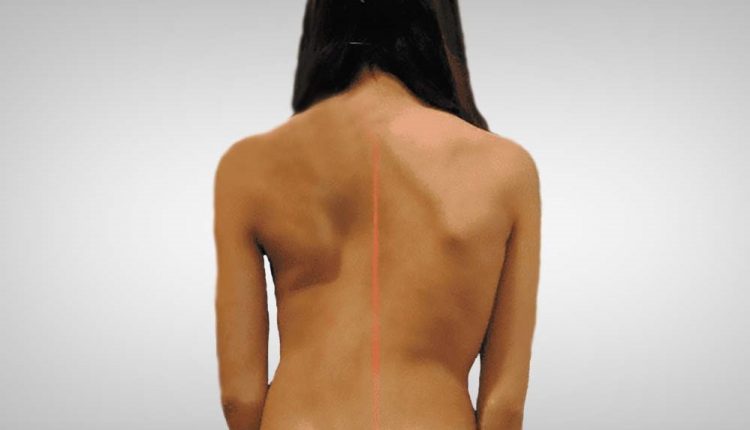
Diagnosis and treatment for adult scoliosis
Adult scoliosis is a deformity of the spinal column in a three-dimensional sense, due to vertebral flexion that results in the patient’s curvature both frontally (laterally leaning or true scoliosis) and sagittally (curved back with hump or hump)
Different from adolescent scoliosis due only to congenital vertebral rotation, adult scoliosis also worsens due to degeneration of the vertebral discs.
The symptoms of adult scoliosis
Adult scoliosis manifests itself with
- pain in the spine, especially in the lower back, but also in the back or neck, depending on the severity and location of the scoliosis or spinal deformity;
- progressive deformity of the spine, particularly with kyphosis or hump (curved back) or with lateral slope (scoliosis).
Diagnosis of scoliosis
Fundamental is the X-ray of the spine in its entirety, i.e. with two antero-posterior and profile projections, and in orthostasis, i.e. performed while standing, thanks to which images of the spine are obtained in order to identify congenital alterations and degenerative processes.
This makes it possible to:
- analyse deformities
- classify their angulation and therefore their severity;
- assess any dysmetria of the lower limbs, such as one leg being shorter than the other, which may influence the initial inclination of the pelvis or the presence of growth asymmetries of the thorax.
In the second analysis it may be useful to undergo a possible CT or MRI scan of the spine, usually partial of the cervical, thoracic or lumbar segment to better assess
- vertebral rotations;
- single vertebral deformities, such as hemivertebrae, conjoined vertebrae, vertebral wedging in fracture outcomes or spontaneous bone welding;
- alterations of the intervertebral discs or surrounding soft parts, such as secondary disc herniations, foraminal compressions, foraminal or segmental stenosis, with or without neurological deficits.
Treatment: from conservative treatment to surgery
As a course of treatment, first of all, a
- conservative pharmacological anti-inflammatory and/or cortisone treatment;
- use of a restraining orthopaedic canvas corset;
- healthy lifestyle with reduction of body weight;
- rehabilitative gymnastics.
In the event that this conservative approach does not produce the desired results, it is a good idea to consider resorting to surgery with decompression and instrumented vertebral arthrodesis with screws and pedicle bars, especially in cases with
- vertebral deformity over 40° of scoliosis
- kyphosis with difficulty in maintaining a straight gaze;
- neurological problems in the lower limbs.
Read Also:
Emergency Live Even More…Live: Download The New Free App Of Your Newspaper For IOS And Android
How To Survive The Witch’s Stroke: Discovering Acute Low Back Pain
Lumbago: What It Is And How To Treat It
Back Pain: The Importance Of Postural Rehabilitation
Epiphysiolysis: ‘Train Paediatricians To Avoid Late Diagnoses’
Idiopathic Scoliosis: What It Is And How To Treat It



